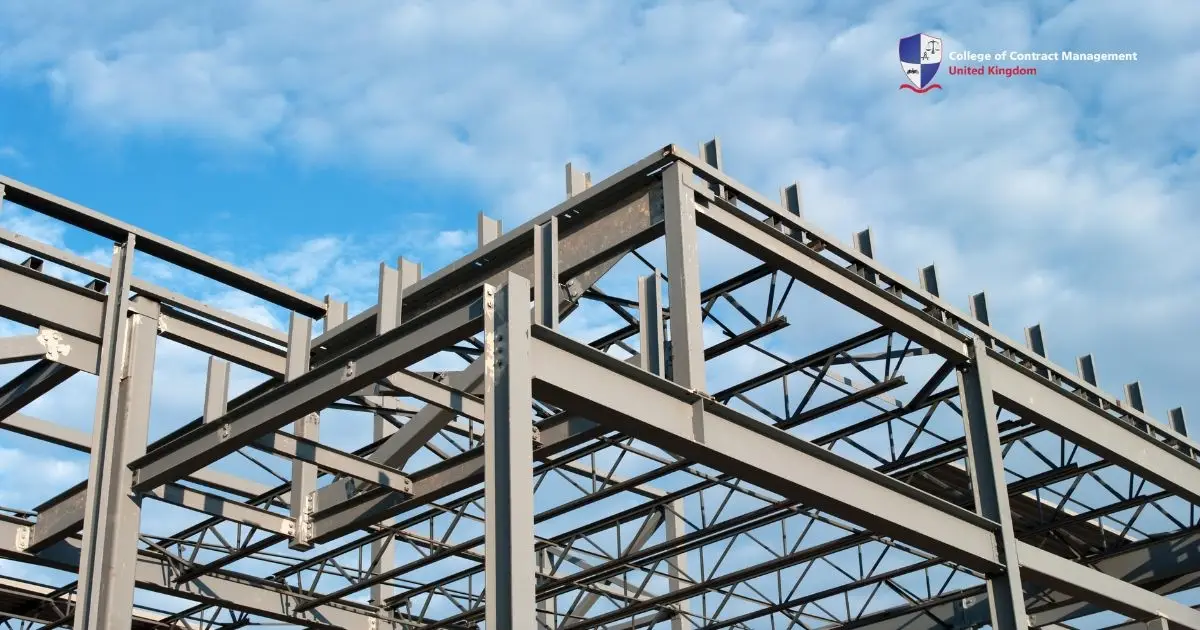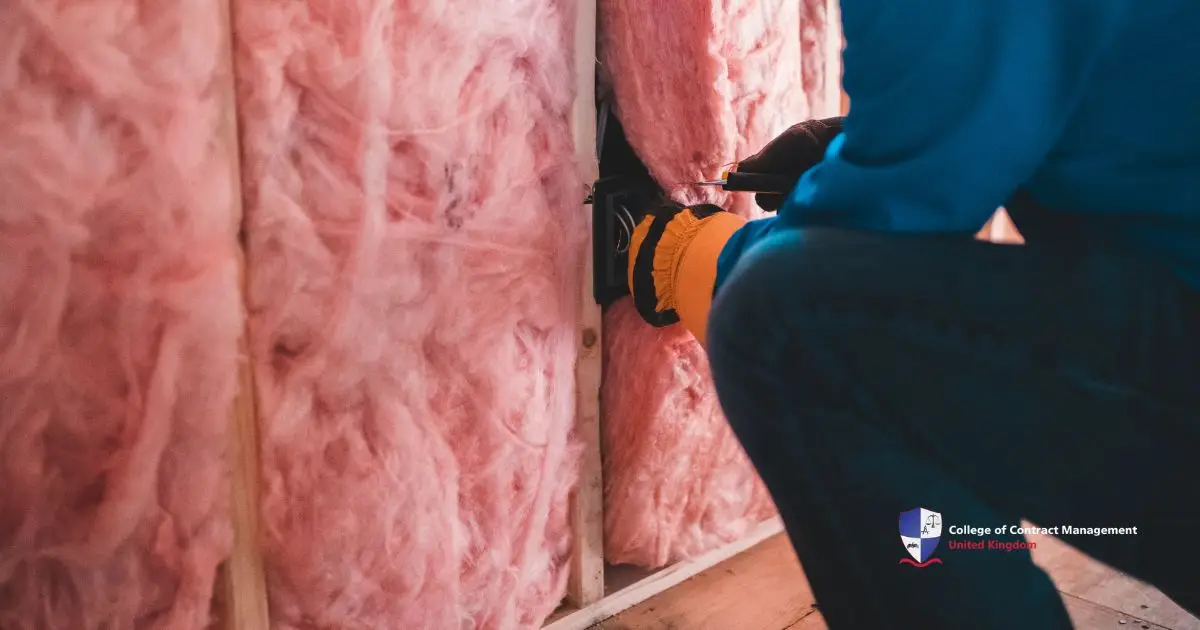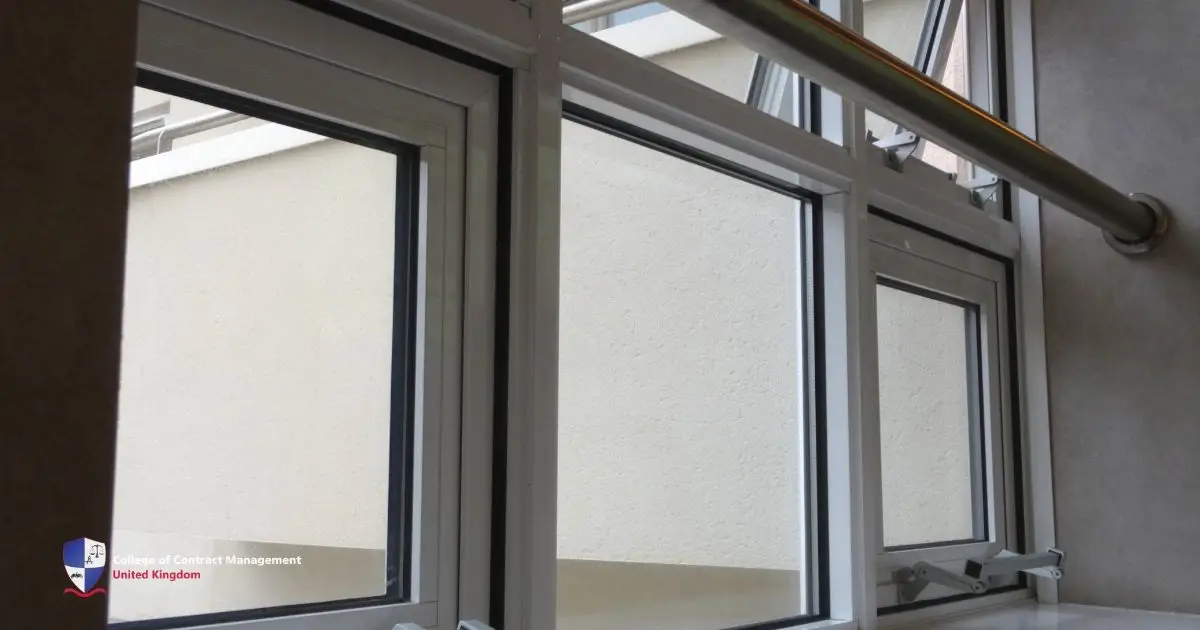Imagine building a tower with LEGO bricks. Instead of stacking bricks on top of each other, you start by creating a strong frame using the long pieces. In real buildings, the steel frame works in the same way. This is because the vertical columns and horizontal beams connect to form a grid. This grid supports the floors, walls, and roof of the building. As a result, this frame helps to hold buildings for a long time.
In contrast, timber is more sustainable because it’s a natural material. However, it requires careful planning to help buildings last a long time. Therefore, each material has unique benefits, depending on project needs and budget. In this article, we will highlight the comparison of using steel and timber for building a foundation. Let’s explore those materials further!
What is a steel frame?
A steel frame is a metal structure that consists of horizontal steel beams and vertical columns. Those metals were welded together in a rectangular grid. The purpose of using this frame is to support the floors, walls, and roofs of buildings. In other words, steel structures form the ‘skeletal frame’ for buildings.
Steel frame construction has many benefits. Steel is strong and can bend without breaking, which is helpful in areas with earthquakes or strong winds. However, steel can weaken in high heat. For this reason, manufacturers often add fire-resistant materials like intumescent coating. Overall, steel frames offer a reliable and efficient way to build modern structures.
Overview of timber frame for construction
In contrast to a steel frame, timber is a classic building technique that uses large wooden beams and posts. Instead of nails or screws, workers are using wooden pegs to connect the woods. This method allows for large open spaces, high ceilings, and flexible design options. For instance, residential homes, barns, and commercial buildings. Here are some advantages of using timber in construction:
- Renewable Resource: Timber is a renewable material when workers safely cut the wood from forests. When people cut trees correctly, they will always grow back.
- Ease of Modification: Timber structures are easier to modify or expand than a steel frame. The workers usually measure the woods to ensure the timber can hold the structure.
- Natural Beauty: Timber adds natural warmth and style to the buildings. As a result, the buildings look more attractive.
- Lower Embodied Energy: Timber takes less energy to produce than steel. In other words, it’s a sustainable choice for buildings.
Differences between steel frame and timber
In construction, a steel frame and timber are two of the most common materials to make a building’s foundation. Each of them offers unique benefits and challenges. For instance, steel is popular for its strength and durability. On the other hand, timber provides a natural and cost-effective alternative with distinct aesthetic and environmental advantages.
Aside from those comparisons, the choice between these materials depends on various factors. These include structural requirements, budget, and sustainability goals. Below, we explore the key differences between steel and timber to help decide the best option for your project.
Strength and Durability
The steel frame is strong and durable. They support large spans with fewer load-bearing walls. Besides, steel also resists fire, pests, and rot. Steel usually needs less maintenance over time. In contrast, timber works well for smaller buildings. However, it is easier to damage since it comes from wood. For instance, timber can rot or be attacked by insects. With this in mind, timber needs regular treatment and care.
Cost
When talking about cost, a steel frame costs more at the start and needs skilful labour. However, it is quicker to install and cheaper to maintain in the long term. On the contrary, timber is usually cheaper and easier to find. This makes it a good option for those on a budget. Though it costs less than steel, timber needs more budget to maintain its quality.
Environmental Impact
Manufacturers recycle steel to make steel frames, yet they still use much energy to make new ones. On the other hand, timber comes from trees, which grow back when managed well. If the woods were harvested properly, timber would have a low impact on the environment. In short, using recycled steel is good, but timber is still the greener choice.
Ease of construction
A steel frame is faster to assemble because the parts are ready to use. Hence, contractors need skillful workers, who may be hard to find. Although more workers are available for working with timber, the building process takes more time. This is because wood often needs measuring, cutting, and fitting during construction.
Design flexibility
While a steel frame is popular for its strength, it’s actually lightweight. This makes it perfect for large buildings with modern design. Meanwhile, timber offers a warm and natural feel to the building. This is because it comes from natural materials. Though it’s not as strong as steel, timber is more flexible since workers can adjust it on site.
How to use steel and timber frames in construction
To use steel and timber frames in construction, workers usually combine them while building the structure. Construction workers use steel frames for the main structure. For instance, beams and columns. Meanwhile, timber fills in the walls, floors, or roofs. As a result, this combination works well for houses, offices, and even big industrial buildings.
When using steel and timber together, you need to think about a few key things. Since steel can rust and timber can rot, both materials need proper protection. These include giving coatings for steel and weatherproof treatments for wood. Another thing to watch is how the two materials expand and deal with temperature changes. For this reason, the building’s design has to consider that matter.
The coolest part about using a steel frame and timber is the result of the building. When using both frames, you’ll get a strong structure that’s also sustainable. This is because both materials can be recycled or sourced responsibly. The only downsides are that it can get expensive and needs careful planning to ensure everything fits. Therefore, using steel frames and timber in construction is a smart choice.
Conclusion
In conclusion, both a steel frame and timber offer unique advantages in construction. Steel provides strength, durability, and design flexibility for large-scale projects. Meanwhile, timber is a renewable and cost-effective material that adds natural warmth to designs. Combining both materials can optimise structural performance and sustainability. Ultimately, the choice depends on budget, priorities, and design goals.
At the College of Contract Management, we'll teach you how to choose the right materials for any project. Our practical courses give you real skills from industry experts. Whether you're starting your career or levelling up your skills, the College helps you stand out. Enrol today and get the knowledge that professionals rely on every day!





